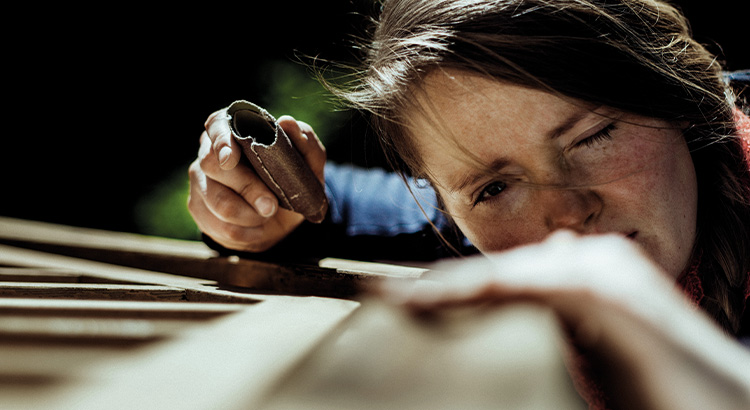Go paper-free
Amend paper-free preferences for your statements and correspondence.
Your home is your sanctuary. And keeping it in good condition can save you money.

Taking care of your home doesn’t have to be a chore. A few checks and touch ups through the year could save you money in the long run.
It’s the dampest room in the house, so it’s unsurprising that most of us will have to tackle mould issues in the bathroom. By keeping on top of your grout and sealants, you can focus on prevention rather than cure – which is far cheaper. Cleaning tile grout and around sealants helps to keep it in check. Plus, with regular attention you’re more likely to spot anything out of the ordinary, like cracks or leaks, in good time.
If you do find mould, it can usually be removed with household cleaning products designed to get rid of fungus. Mould is caused by excess damp, so try and use an extractor fan or leave the window open to get good air circulation and help the room dry out.
Airing rooms helps to prevent damp problems. But if you’re cleaning and airing regularly and you find there’s an area that is always damp, or it keeps coming back, it could be that you have a leak. Don’t worry. It’s better to spot this early. Check your home insurance policy, as it may cover repairs.
Windows are expensive to replace. But you can help give them a long and healthy life. If you have wooden window frames, a lick of paint goes a long way. Repaint them once a year to keep wood rot at bay. Simply cleaning the glass regularly also helps keep wooden frames in good condition.
Give your loft a quick check before the winter months – that way if anything that needs fixing you can get it sorted before the weather get colder and wetter. Look for:
Are you sharing your house with uninvited residents? Pests may be small but they can damage your property if left to their own devices. Tell-tale signs of mice or rats are droppings and gnawed furniture and/or wiring. Moths will make themselves known by taking small bites out of your clothes, especially if you have natural fibres such as wool, silk and cotton. Small holes in your floorboards could be a sign of woodworm.
As soon as you spot the signs, call a professional in to assess and offer a solution. It’s always worth checking your home and contents insurance to see if you’re covered for pest clauses.
A garden that is well loved can add value to your property if you’re selling. Not only that, but tending to your outside space could save you time and money on more serious structural damage.